After the recent post on colorization of old S&NY photos, reader (and MMR) Dick Bradley suggested turning a color photo of the model S&NY into a B&W image, and uploading that to MyHeritage to see what kind of results come back.
I performed that little experiment this evening:
Original B&W shot:
Initial colorized shot:
Photoshopped colorized shot, using knowledge that S&NY station may have been painted yellow and green:
Color model shot:
B&W model shot:
Colorized model photo:
So we can see there is a little green tint “put back” into parts of the B&W version, but parts that should also be green like the bay window are mapped as a reddish hue. The yellow is clearly mapped as an off-white. Texture that represents cinders on the model are mapped as green, as the algorithm likely looks at similar real-life textures and says to itself “grass”. The color temperature of my layout lighting may also affect how the colors look when converted to B&W, and may also then influence the algorithms.
A very useful experiment. (Thanks, Dick!) I think we can conclude that the colorization software is making certain (reasonable) assumptions, such as certain textures are likely grass or weeds, light grays in structures likely a version of white or off-white, and darker structure colors are most likely a reddish hue. Well-known modeler Tony Koester has stated that, when modeling the early to mid-20th century, you can’t go wrong by painting wooden board-and-batten and clapboard model structures in a shade of white or off-white. I believe the MyHeritage colorization algorithms are making similar assumptions. However, software is no substitute for actual hard information, if available of course.
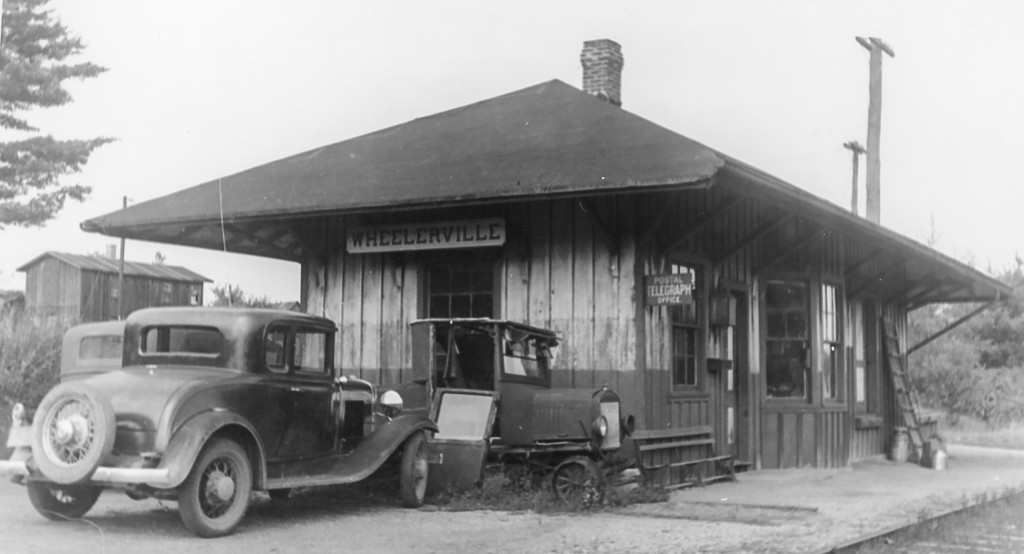
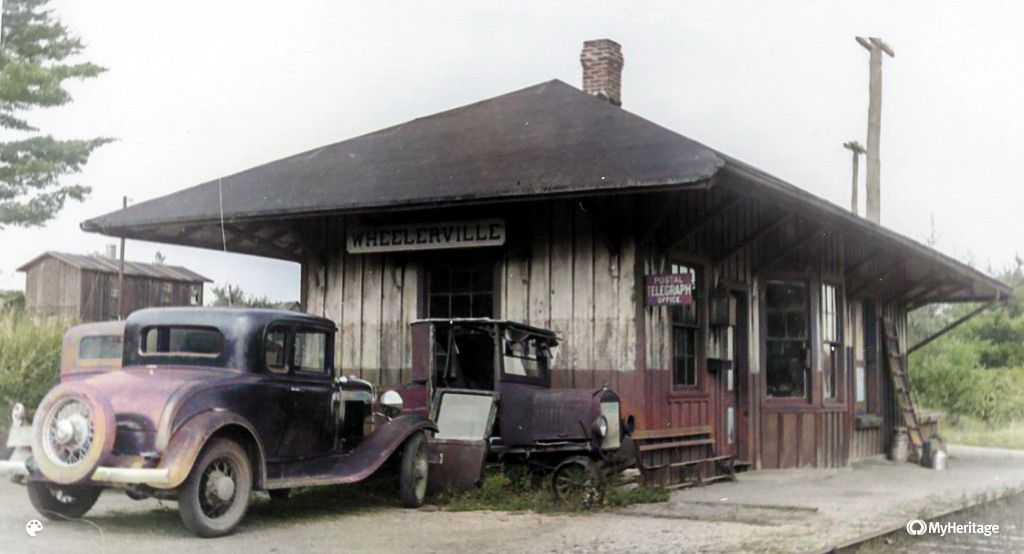
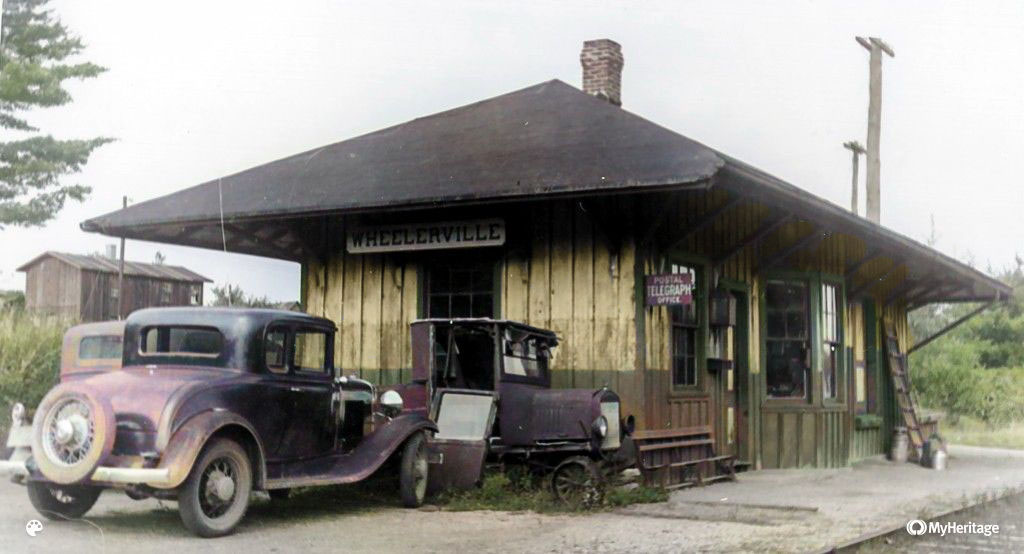
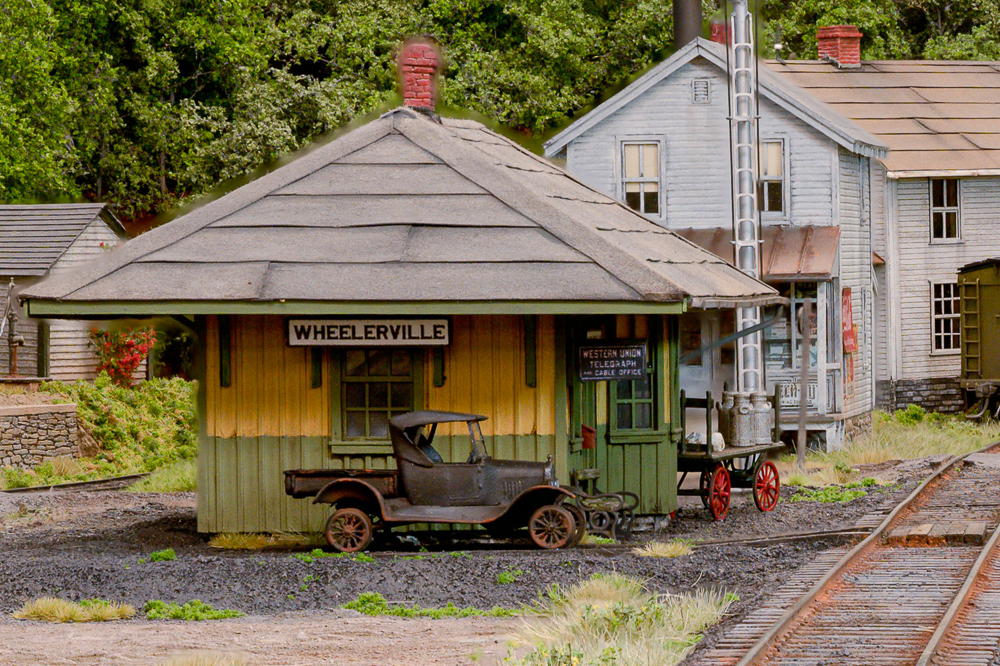
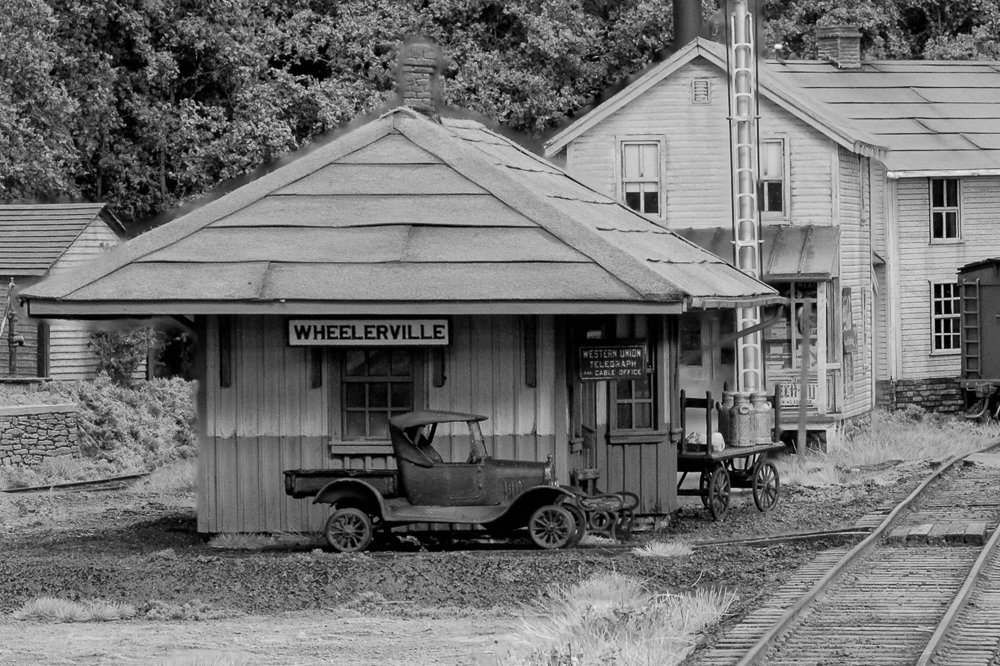
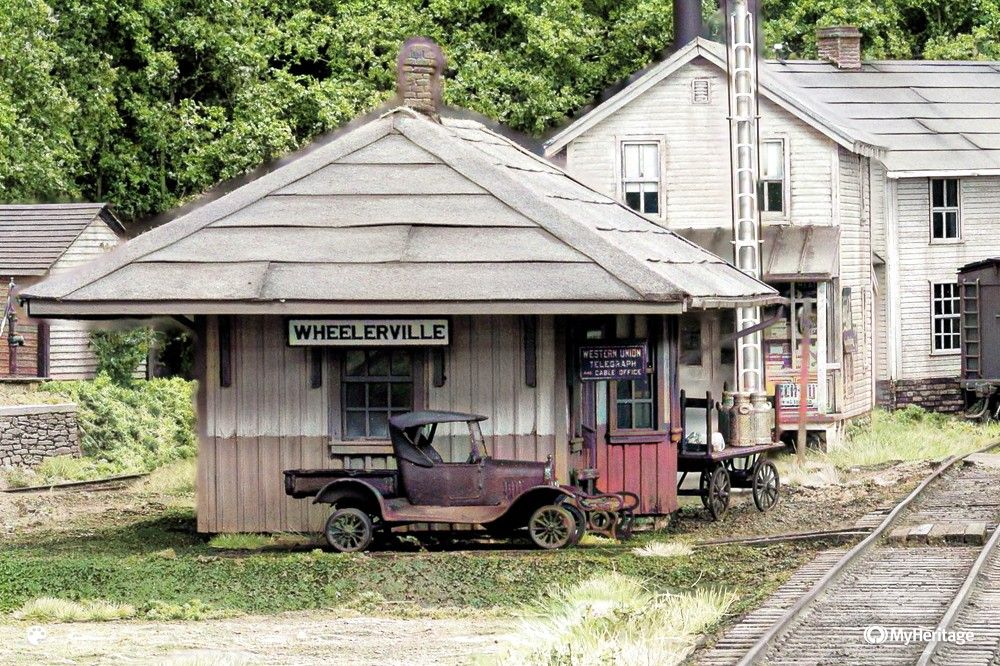
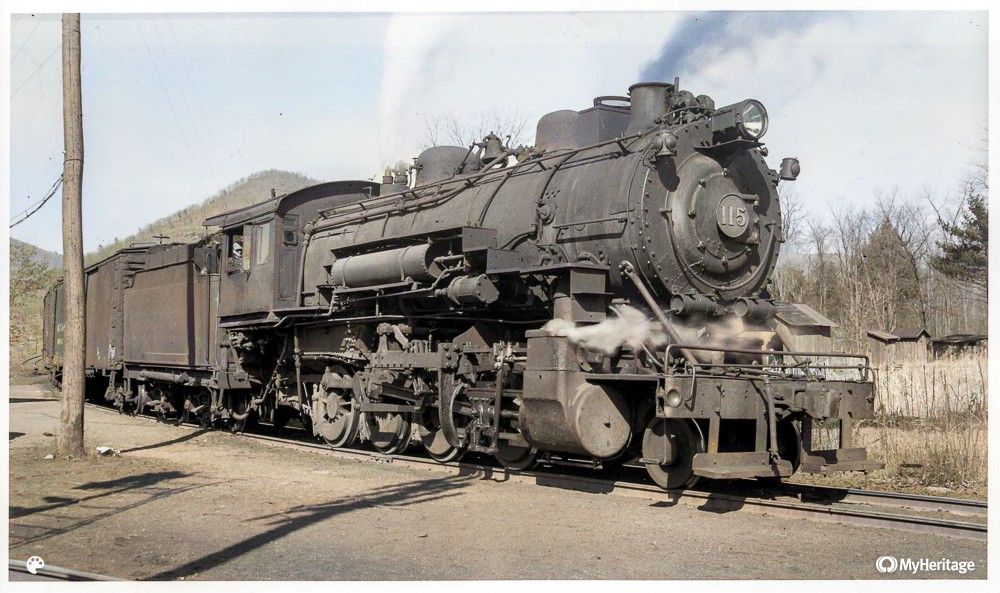
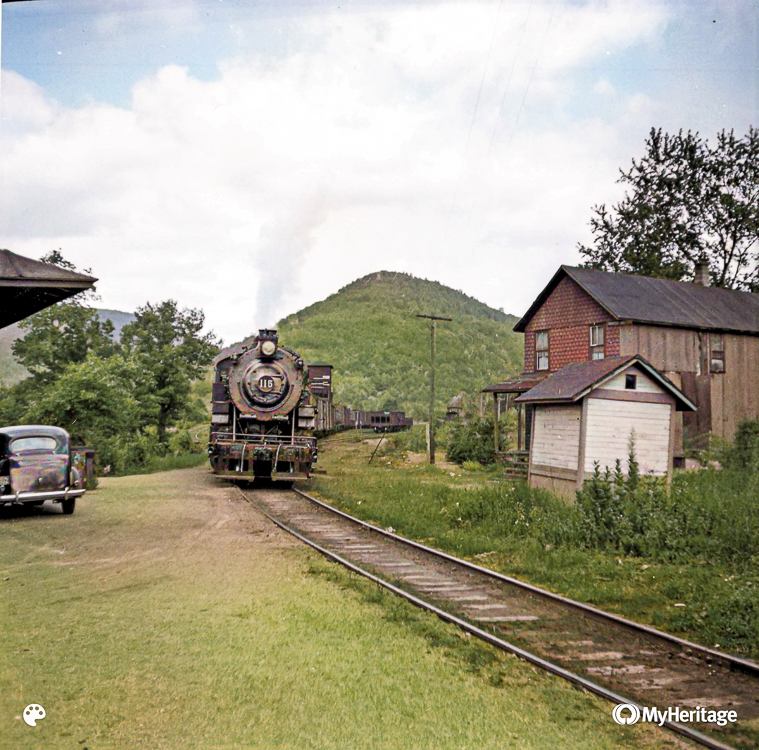
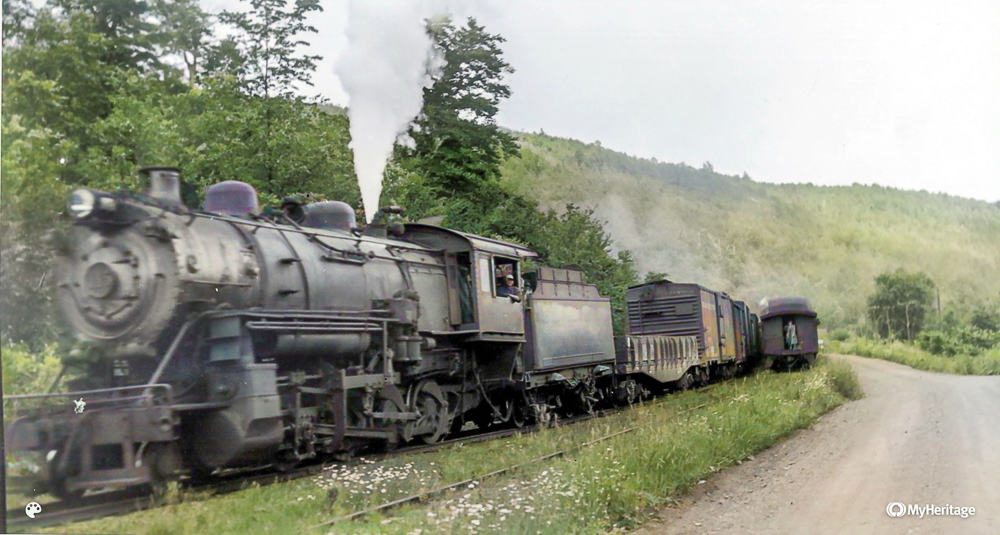
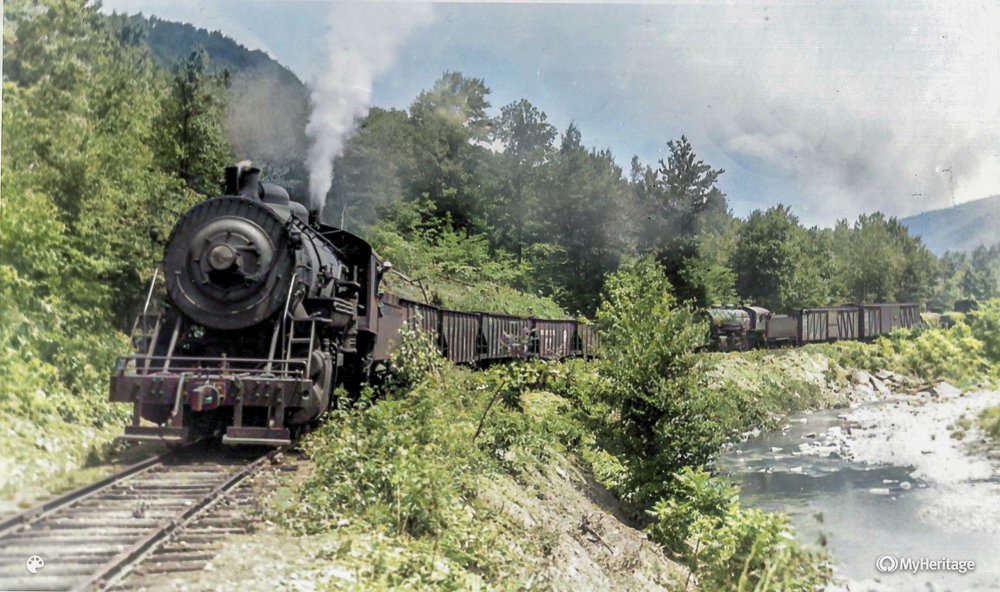
Recent Comments